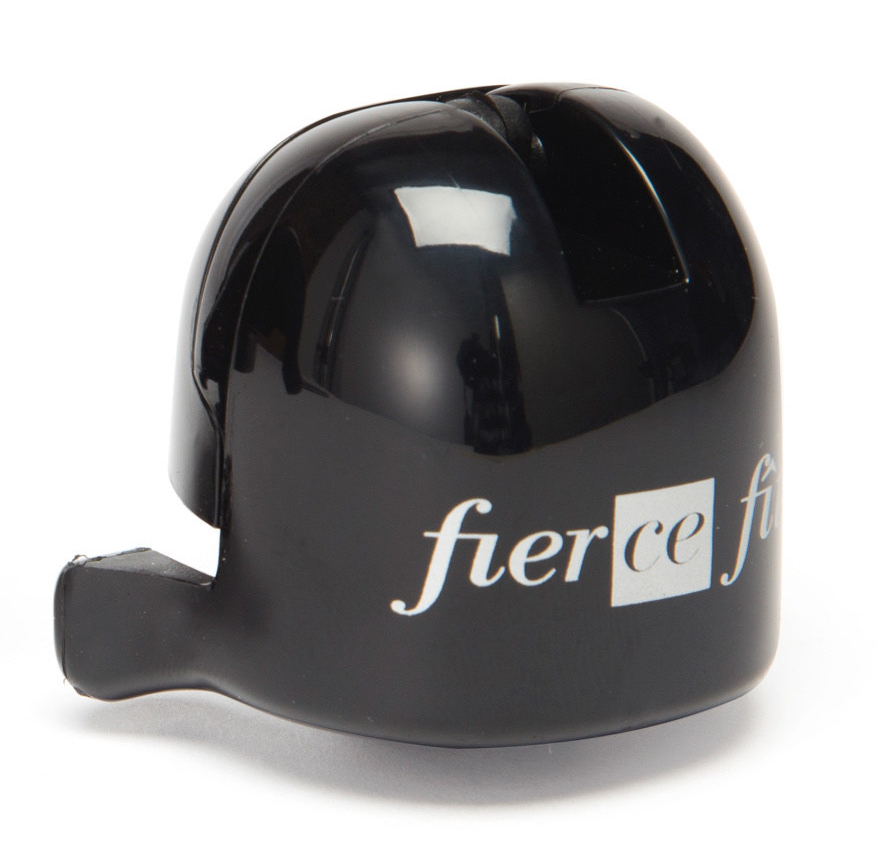The elaboration of Champagne, la suite
What are the stages in the production of a Cuvée?
What happens after the harvest?
In this blog, we reveal the secrets of the elaboration of Champagne.
From fermentation in oak barrels or in stainless steel vats to teh dégorgement à la volée, Fier Ce Fît explains everything!
We continue our journey of discovery in the Champagne cellars.
Once the Vigneron has decided on his blends, he goes on to bottling. This is what most winegrowers are doing in this period.
During bottling, the "liqueur de tirage", a mixture of natural yeasts and sugar, is added to the Cuvée. The bottle is then closed with a small plastic "bidule" completed with a crown cap.
The Champagne is ready to begin its aging in the cellar “sur lies” (the yeasts) or “sur lattes” (the bottles being laid down and stacked, row after row).
It is the liqueur de tirage that kicks off the second fermentation, called "the prise de mousse".
Over a period of 6 to 8 weeks, the yeasts consume the sugar and release alcohol and carbon dioxide into the wine, creating the famous bubbles.
At the end of the fermentation, the yeasts gradually die and self-lyse: the lees are essentially made up of the yeasts which have multiplied in the bottle and then form a deposit.
Their cellular content degrades over the years and releases molecules that will interact with those of the wine and undergo slow transformations. It is a continuous process that can continue for several decades in the calm of Champagne cellars (see the Grands Millésimes, '96, '98 and '99, 2004 by Jean-Luc Gimonnet).
At least 12 months must elapse between the tirage and the marketing of a Cuvée. The deadline is extended to 3 years for the Millésimes. This legal period, already long compared to other sparkling wines, is, for the Fier Ce Fît Cuvées, increased to 36 months and to a minimum of 5 years for the Millésimes.
After this long period of rest, the wine must be restored to its clarity by eliminating the lees. The goal is to collect the sediments in the neck of the bottle in order to then remove them during the disgorging operation.
To do this, the bottles must be gradually moved from the supine position to the "on-peak" position (upside down) in order to bring the deposit into the neck.
The bottles are therefore placed on a "pupitre", the function of which is to keep the bottles in an inclined position, according to the traditional riddling technique.
For a period of about 2 months, every day, the bottles are turned with a sharp movement, a rotation initially of an eighth of a turn then increased to a sixth and, at the end of the process, to a quarter of a turn. These successive balances, reproduced for centuries by cellar-stirrers, make it possible to detach the lees from the internal wall of the bottle and bring them down to the neck of the same.
After each rotation, the bottles are repositioned by tilting them more and more, until they are almost vertical, "on tip".
This phase, once only manual, can now also be carried out by a gyropalette, a machine that allows you to stir mechanically and in less time. The bottles are subjected to a slow rotating movement and gradually raised.
Finally, the last step, disgorging, which consists of removing the lees now piled up on the cork. To remove them, the neck of the bottle is inserted into a saline solution at a very low temperature, which causes the lees to freeze instantly.
At this point, the stopper is removed and with it the deposit of dead yeast is expelled. This operation, if performed manually, is defined as “dégorgement à la volée”.
During this process, in the case of Champagne dosé, the liqueur de dosage will be added to the Cuvée.
The bottle will be corked with the famous cork stopper and the muselet.
But that's not all.
Indeed, after disgorging, the Champagne will remain in the cellars of the winegrowers for six months before being finally sold. This period allows the Cuvée to re-harmonize after the shock of disgorging and dosage.
After this last period of rest, the bottle is finally adorned with its finery: capsule, collar, label, back label ...
It is ready to be sent and tasted!
Now that you know everything, indulge yourself and discover the different facets of our Cuvées as well as our Coffret, perfect to enhance your Easter lunch!
Cin cin et à votre santé!

 My bag
My bag
 The Boutique
The Boutique
 Login
Login


